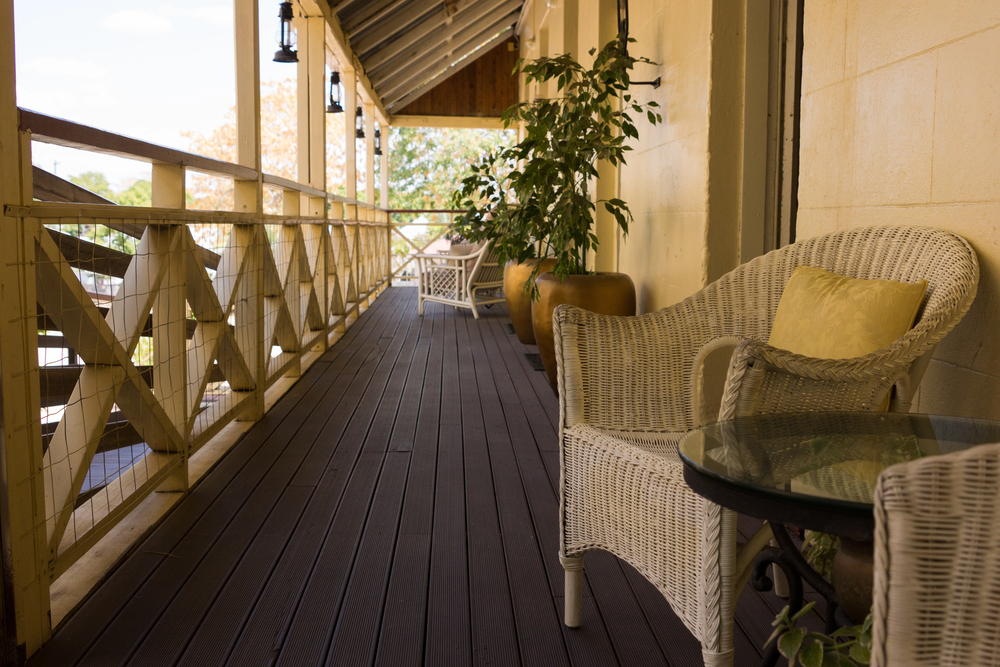Cut Energy Costs in Old Homes
Own an older home? Discover smart, tradie-backed upgrades to stop it draining your energy budget. Hire the right pros with ServiceSeeking.

Older homes have charm, character and solid bones—but they’re also notorious for chewing through your power budget. Draughty gaps, outdated insulation, and ageing systems mean many homes built before the 1980s are quietly leaking energy (and money). If you’re seeing surprisingly high energy bills, the home itself may be the biggest culprit.
Whether you’ve just bought an older property or have been living in one for years, there are practical steps you can take to make it more efficient. Here’s what every homeowner should know about energy efficiency in old homes, and how to stop them from sending your power bill through the roof.
1. Understand Where Your Energy is Going
In older homes, the main areas responsible for energy loss are:
- Walls and ceilings with little or no insulation
- Single-glazed windows that let heat escape
- Unsealed gaps and cracks in floors, doors, and skirting
- Old hot water systems that work overtime
- Inefficient heating and cooling units
Knowing where the leaks are helps you target the right upgrades. A professional thermal imaging inspection is a smart first step. It’ll highlight exactly where warm or cool air is escaping, and which rooms need attention.
💡 Tip: Use ServiceSeeking to find qualified energy assessors or tradies offering thermal imaging inspections in your area.
2. Get a Professional Energy Assessment
A professional assessment is like a health check for your home’s efficiency. Licensed assessors look at insulation levels, appliance performance, air leakage, and heating/cooling systems to determine where your home is costing you most.
They’ll then suggest improvements that can deliver real savings—both short and long term. It’s a service that more than pays for itself in the long run.

3. Insulation Matters More Than You Think
Many older homes either lack insulation or have degraded materials that no longer do the job. Upgrading your insulation is one of the most effective ways to improve energy efficiency.
Areas that commonly need attention include:
- Roof/ceiling cavities
- Underfloor insulation (especially in weatherboard homes)
- Wall cavities, where insulation might be missing entirely
Installing new insulation should always be done by a qualified professional—improper installation can lead to trapped moisture, sagging batts, and wasted money.
💡 Need insulation help? Get quotes from local pros on ServiceSeeking and compare before you commit.
4. Switch to Energy-Efficient Systems
Technology has come a long way since many older homes were first built. Swapping out old systems can make a significant dent in your energy bills:
- Hot water units: Consider upgrading to heat pump or solar-boosted systems
- Lighting: Replace halogens with LEDs
- Heating/cooling: Ditch the old box air con for a high-efficiency split system or ducted heat pump
- Wiring: An electrical upgrade may be needed to support new systems and reduce power waste
These upgrades aren’t just about comfort—they’re an investment in lower bills and a higher property value.
5. Draught-Proof Your Home (The Right Way)
Draughts are a major source of energy loss in older properties. They creep in through:
- Gaps around windows and doors
- Floorboards and skirting
- Wall vents and chimneys
- Exhaust fans without backdraft protection
Tradies can seal these gaps using high-quality materials that blend with existing features, preserving your home’s character while improving comfort. They’ll also ensure you maintain enough ventilation to prevent mould or condensation issues.

6. Don’t Forget the Windows
Windows play a big role in a home’s thermal performance. If yours are single-glazed, aluminium-framed, or decades old, they’re likely costing you money every season.
Options to improve window efficiency include:
- Secondary glazing: A cost-effective alternative to full replacement
- Double-glazed units: Modern, thermally broken frames reduce energy loss
- Window film: Reflects heat in summer and retains warmth in winter
- Blockout curtains or plantation shutters for added insulation
A window specialist can help you choose the right solution for your budget and style.
7. Make the Most of Government Rebates
Depending on your state or territory, there may be rebates available for energy efficiency upgrades like:
- New insulation
- Efficient hot water systems
- Solar panels or batteries
- Draught-proofing and sealing services
- Energy-efficient appliances
Professional tradies are usually across the latest rebate programs and can help you navigate the paperwork to maximise your savings.
💡 Hiring a qualified tradie through ServiceSeeking means you’re more likely to get someone who understands rebate eligibility and compliance.
8. Consider a Retrofit Over a Renovation
Retrofitting focuses on upgrading existing systems and features for better energy performance without completely gutting or rebuilding. Common retrofit projects include:
- Upgrading lighting
- Installing smart thermostats
- Adding reflective foil under floors or roofs
- Improving window seals
- Replacing outdated appliances
It’s a smart and lower-cost alternative to a full renovation—and it doesn’t mean compromising the original character of your home.
Ready to Lower Your Energy Bills?
If your home is charming but power-hungry, it’s time to act. ServiceSeeking connects you with licensed electricians, insulation specialists, window installers, and home energy assessors who know how to upgrade older homes—efficiently and professionally.
Post a job today and compare quotes from local tradies ready to help you save on energy.
